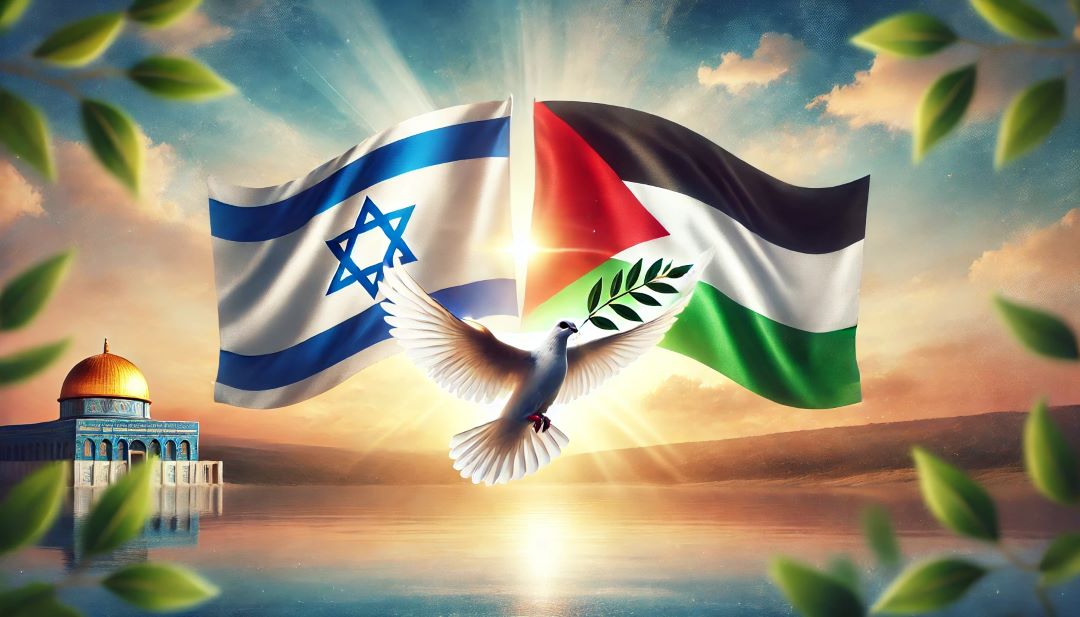
In a landmark agreement brokered by Qatari officials and supported by the United States and Egypt, Israel and Hamas have finalized a ceasefire to conclude a devastating 15-month conflict in the Gaza Strip.
The deal, which includes a phased cessation of hostilities and a complex prisoner exchange, is being hailed as a potential turning point in the protracted strife.
A Phased Approach to Peace
The agreement outlines a structured approach to de-escalation:
- Initial Phase:
- A 42-day truce will see Israeli forces withdraw from populated areas in Gaza. Concurrently, Hamas will release 33 Israeli hostages, including women, children, the elderly, and individuals with pressing medical needs.
- Subsequent Phases:
- Further negotiations will focus on the release of remaining hostages and the complete withdrawal of Israeli troops. An international framework, overseen by multiple stakeholders, will guide the reconstruction of Gaza.
The prisoner exchange component is a cornerstone of the deal. Israel has agreed to free hundreds of Palestinian detainees in return for the hostages, with final numbers contingent on Hamas’s provision of verification documents.
Diplomatic Breakthrough
The negotiations were spearheaded by Qatari Prime Minister Sheikh Mohammed bin Abdulrahman Al Thani, with high-profile involvement from U.S. officials, including President-elect Donald J. Trump. Trump confirmed the agreement on social media, writing, “WE HAVE A DEAL FOR THE HOSTAGES IN THE MIDDLE EAST. THEY WILL BE RELEASED SHORTLY. THANK YOU!”
Hamas and Israeli leaders have both formally endorsed the agreement. Israeli Prime Minister Benjamin Netanyahu convened his security cabinet to ratify the terms, marking a significant step forward.
Challenges on the Horizon
Despite the breakthrough, analysts caution that the path to peace remains precarious. Hardline factions within Israel have expressed resistance to any agreement that does not completely dismantle Hamas’s military infrastructure. Additionally, logistical hurdles, including border security and humanitarian access, pose significant challenges.
The United Nations is preparing to expand its humanitarian aid operations in Gaza, but officials acknowledge that implementation will require careful coordination and robust security assurances.
A Fragile but Vital Opportunity
For many in the region, the ceasefire represents a fragile but essential step toward stability. “This moment offers a genuine opportunity for peace,” said a senior diplomat involved in the negotiations, “but it demands vigilance and sustained commitment from all parties.”
As Gaza and Israel navigate the complex dynamics of this agreement, hopes are cautiously rising for an enduring resolution to a conflict that has exacted a heavy toll on both sides.
